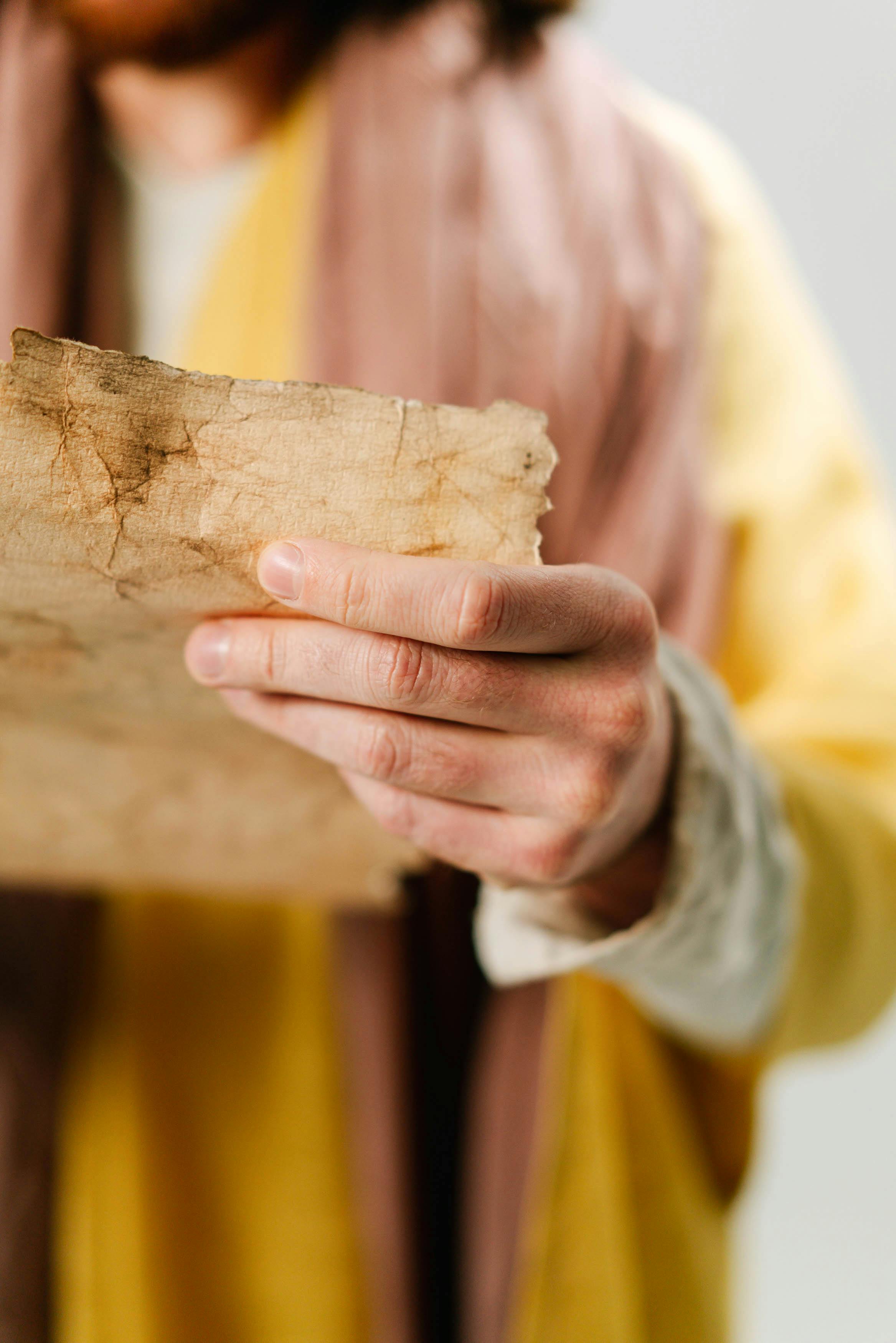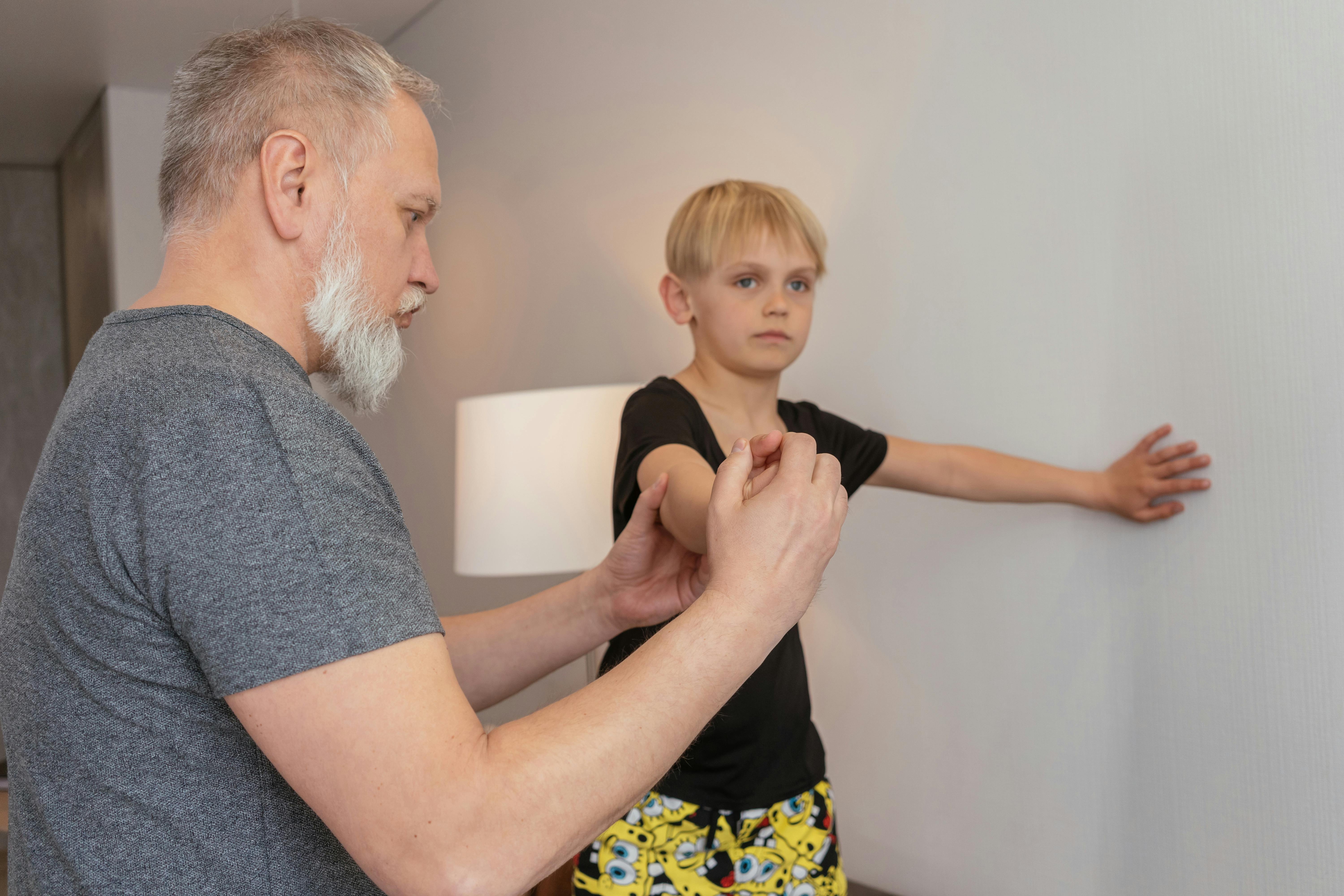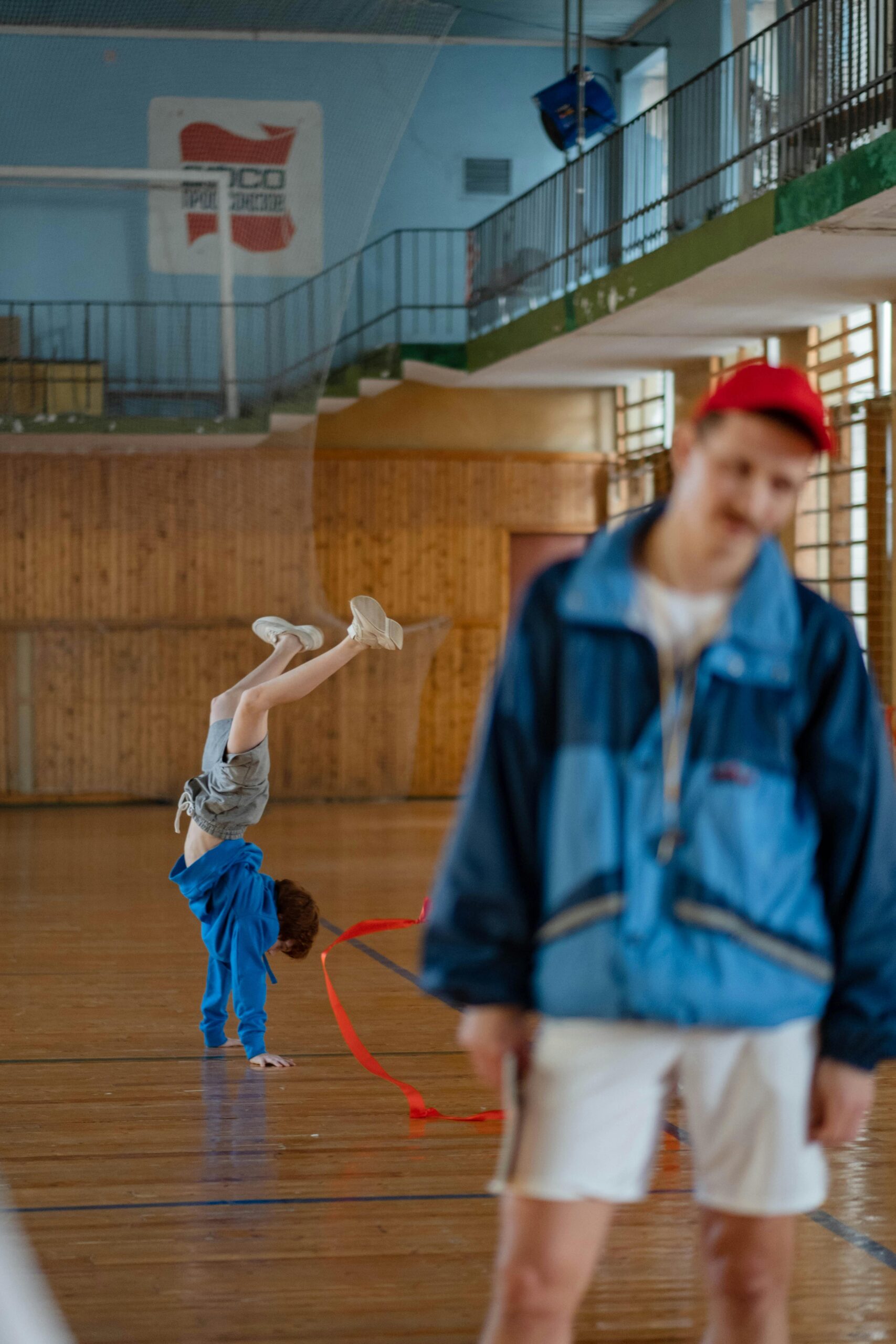Philosophy of Teaching Physical Education: A Complete Guide
Physical education is more than just movement—it’s a gateway to lifelong wellness and personal growth. In an age of digital dominance and sedentary habits, understanding the philosophy of teaching physical education is more critical than ever. This comprehensive guide explores essential principles, practical strategies, and visionary insights to elevate PE teaching and empower students.

Understanding the Fundamentals
The philosophy of teaching physical education revolves around promoting holistic development—physically, mentally, emotionally, and socially. It encompasses the beliefs, values, and methods that shape how educators engage students in movement and healthy living. Historically, physical education was rooted in military training and gymnastics, but it has since evolved into a dynamic, student-focused discipline.
These fundamentals matter because they directly impact how students perceive movement, health, and their capabilities. Teaching philosophy influences curriculum design, assessment methods, and the overall student experience—making it vital for educational success.
1.1 Student-Centered Learning
At its core, the philosophy of teaching physical education emphasizes the student’s experience. This means tailoring instruction to diverse learning styles, abilities, and interests. According to SHAPE America, inclusive, student-centered PE leads to increased engagement and better long-term outcomes.
Real-world applications include differentiated activities, choice-based assignments, and self-assessment tools that foster ownership and confidence in students. A common misconception is that PE must be competitive—student-centered models prove otherwise.
1.2 Lifelong Fitness and Wellness
Unlike short-term fitness goals, this principle encourages habits that extend beyond school years. Lifelong wellness prioritizes consistency, personal goals, and sustainable routines.
Case examples include goal-setting projects, fitness tracking logs, and community engagement assignments. Students learn that health is a journey, not a destination—making education relevant far beyond the classroom.
Practical Implementation Guide
Applying these fundamentals begins with intentional planning. Teachers must balance structure with flexibility and performance with participation. Clear goals, consistent feedback, and inclusive practices ensure that philosophical ideals translate into daily action.

2.1 Actionable Steps
- Assess Current Beliefs: Reflect on your teaching philosophy. What values guide your instruction?
- Design Inclusive Curriculum: Use varied teaching styles (e.g., cooperative learning, stations, student-led activities).
- Set Milestones: Establish goals for motor skills, teamwork, and self-improvement, with checkpoints for progress.
2.2 Overcoming Challenges
Common obstacles include lack of equipment, varying skill levels, and limited time. To overcome these:
- Use creativity: Modify activities with minimal equipment
- Group strategically: Pair students to promote peer learning
- Streamline routines: Save time with consistent classroom management
Watch for signs like disengagement or behavior issues—they often point to unmet needs. Experts suggest regularly surveying students for feedback to guide improvements.
Advanced Applications
For seasoned educators, advancing the philosophy of teaching physical education means integrating technology, cross-disciplinary lessons, and community partnerships. These elevate student experience and connect PE to broader learning objectives.

3.1 Technology Integration
Using apps, wearables, and video analysis tools enhances instruction. For instance, apps like Coach’s Eye allow instant feedback on form, while pedometers and heart rate monitors build self-awareness.
Case studies show schools that integrate tech in PE report higher student accountability and improved learning outcomes. Performance data empowers both students and educators.
3.2 Interdisciplinary Learning
Physical education doesn’t exist in isolation. It intersects with science (biomechanics), math (measurement), and health (nutrition). Teachers can co-plan units that link PE with academic content.
For example, a cross-unit with biology on muscular systems or a math-based fitness log project strengthens knowledge retention and relevance.
Future Outlook
Emerging trends in physical education include gamification, virtual PE, and trauma-informed practices. As schools evolve, so too must PE programs. Experts predict greater personalization and integration of mental health into curricula over the next 3–5 years.
To prepare, educators should pursue professional development, embrace feedback, and pilot new tools with adaptability. Forward-thinking PE teaching helps students thrive in unpredictable futures.
Conclusion
Key takeaways include the importance of a student-centered approach, the promotion of lifelong wellness, and the power of innovative practices. The philosophy of teaching physical education is both a mindset and a roadmap for impactful learning.
Now is the time to reflect on your own philosophy, adapt your strategies, and lead the charge toward a healthier, more active generation. Start small, stay consistent, and commit to continuous growth.
Frequently Asked Questions
- Q: What is the philosophy of teaching physical education? It refers to the guiding beliefs and values that shape how PE is taught, focusing on holistic student development and lifelong wellness.
- Q: How do I begin implementing a teaching philosophy? Start by identifying your core values, assessing student needs, and setting clear instructional goals.
- Q: How much time does it take to see results? With consistent application, noticeable progress typically appears within a few weeks to a semester, depending on your approach and student group.
- Q: Is teaching PE expensive? While some tech tools can add cost, effective PE programs often rely on creativity and low-cost resources. Budgets vary widely by school and region.
- Q: How does this compare to traditional PE? Unlike old models that emphasize competition and drills, modern philosophies prioritize engagement, inclusion, and student empowerment.
- Q: Is this approach difficult to learn? It requires thoughtful planning but not high technical skill. Most educators can adopt these methods with training and collaboration.
- Q: How does this apply in different school types? The philosophy is adaptable across K–12, urban, rural, and international settings, with adjustments to fit cultural and institutional norms.
